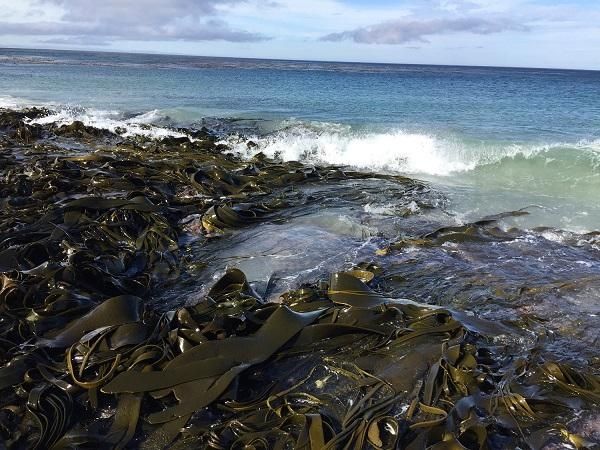Drifting algae in the Austral Ocean can bring invasive species to the Antarctic coasts, according to a study published in the journal Scientific Reports. The new study describes the first scientific evidence of a potentially invasive and colonial species –the marine bryozoan Membranipora membranacea- which reaches the Antarctic latitude islands in macroalgae that drift in the marine environment.
The new study on biodiversity in the Antarctic ecosystems is led by the lecturer Conxita Àvila, from the Faculty of Biology and the Biodiversity Research Institute (IRBio) of the University of Barcelona, and counts on the participation of the experts from the Institute of Marine Sciences (ICM-CSIC), the British Antarctic Survey (BAS) and the University of Hull (United Kingdom).
Passengers into the cold
Tourism, maritime transport and scientific research are some human activities that favoured the expansion of non-native organisms –insects, plants, etc.- in the fragile terrestrial ecosystems of the Antarctica. In these extreme habitats, the drifting of algae and plastics driven by the wind and marine currents can be natural mechanisms that favour the arrival of exotic organisms in the marine environment.
Read more at University of Barcelona
Image: Drifting algae in the Austral Ocean can bring invasive species to the Antarctic coasts. (Credit: Huw J. Griffiths (British Antarctic Survey, BAS))


